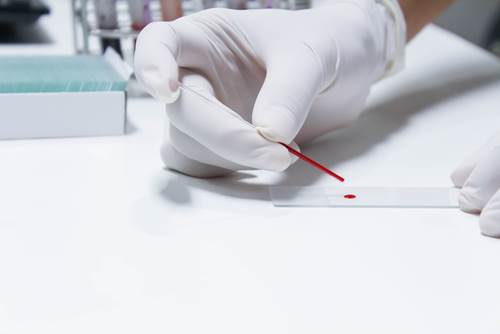The importance of Viral Load Testing in treating HIV
11/9/2018

Viral load testing measures the amount of HIV in a patient’s blood sample. Results are reported as the number of copies of HIV RNA per milliliter of blood. Examples of viral load tests include quantitative branched DNA (bDNA), reverse transcriptase-polymerase chain reaction (RT-PCR), and qualitative transcription-mediated amplification. Viral load tests are used to diagnose acute HIV infection, give health care providers treatment guidance, and monitor patient response to antiretroviral therapy (ART).
The more HIV-1 viral particles in the blood, the faster the patient’s CD4+ T-cells are destroyed and the faster the progress toward AIDS. Together with viral load testing CD4+ T-cell counts are used to determine how the patient’s immune system is fighting the virus. Generally, the higher the HIV viral load, the more CD4+ T-cells are being destroyed. The goals of HIV treatment are to keep CD4+ T-cell count high and viral load low.
Routine viral load tests improve treatment quality and individual health outcomes for people living with HIV. The UN AIDS 90−90−90 treatment target sets the goal of, by 2020, 90% of people living with HIV knowing their HIV status, 90% of people who know their HIV-positive status accessing treatment, and 90% of people on treatment having suppressed viral loads. Attaining this target would mean that, by 2020, 73% of all people living with HIV will have suppressed viral loads.
CLSI provides international outreach services and hands-on support to laboratories throughout the world through our Global Health Partnerships program. Part of this support is providing quality management system (QMS) training to laboratorians who perform viral load testing in resource-constrained countries throughout the world. For more information visit https://clsi.org/global-training/partnerships/.
